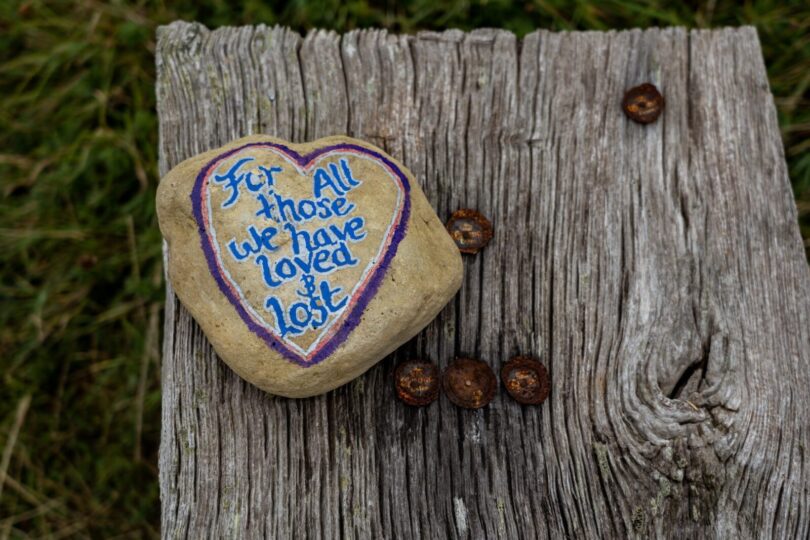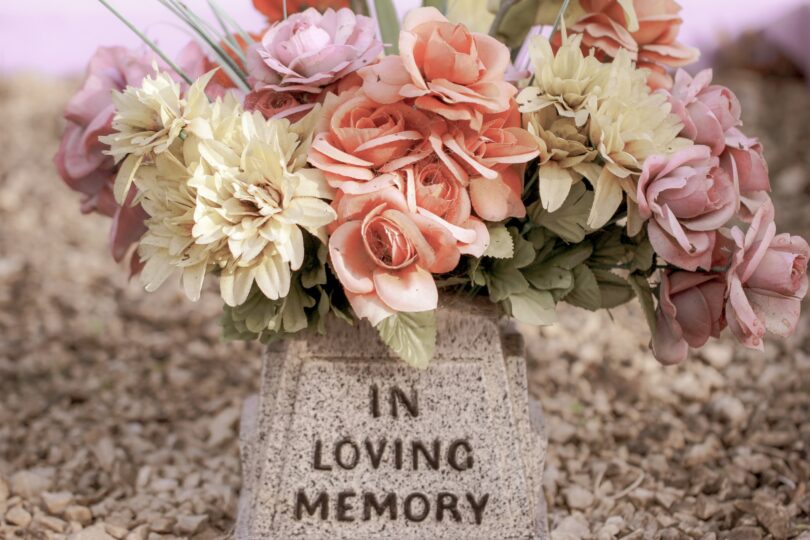After the death of a loved one, it can be difficult to know where to start. The process of grieving is different for everyone and there’s no set timeline for how long it will take. That being said, there are some things you can do to help ease the transition and create a new life after your loved one has passed away. In this blog post, we’ll provide you with tips on how to create a memorial plan, deal with grief stages, and more. By following these tips, you can begin to make the process of grieving easier and move forward in your new life.
Allow Yourself Time to Heal
If you are grieving the death of a loved one, allow yourself time to heal. Grieving is a natural and healthy process, but it can be difficult to move on when memories of your loved one are constantly intruding. There are many ways to help ease the process of healing:
1. Talk about your feelings with friends and family
Sharing your thoughts and feelings with others can help reduce the isolation that often accompanies grief.
2. Exercise is an excellent way to deal with stress and promote relaxation
Taking regular walks or aerobic classes can help calm your mind and body.
3. Create a memorial or tribute to your loved one
This can be a physical representation of their life (e.g., photos, favorite objects), or it could simply be words or expressions of love that you keep close by.
4. Seek professional counseling if you find that talking about your feelings is not helping you heal emotionally or spiritually
Professional support can provide you with insights into your loss that you may never have otherwise known. Resources for widow and widower counseling can be found online or by contacting your local mental health center.
Grieving is a Process, Not an Event
Grieving is a process, not an event. It doesn’t start and end with the death of your loved one. It starts the day you lose touch with them and it continues until you reach closure. The grieving process can vary from person to person, but there are some general guidelines that can help you through it.
The first step is to accept that your loved one is gone. This means acknowledging that they are no longer in the world and will never come back. It’s okay to feel sadness, anger, and emptiness at this point. The next step is to begin working through your emotions. This may involve talking about your loved one with someone else, writing about them, or doing something that brings you comfort. You don’t have to do everything on your own though – there are plenty of resources available to help you cope.
Finally, it’s important to find a way to move on. This doesn’t mean forgetting your loved one – it means honoring their memories while living life in the present tense. Do things that make you happy, connect with new people, and focus on the things that bring you joy.
Conclusion
It is no secret that feeling the loss of a loved one can be one of the hardest things to go through. When someone we care about dies, it feels like our whole world has been torn apart. Though the grieving process can last for many months or even years, there are ways to help make the experience a little bit easier. By following these tips, you can create a new life after your loved one’s death and feel more in control of your own destiny.







